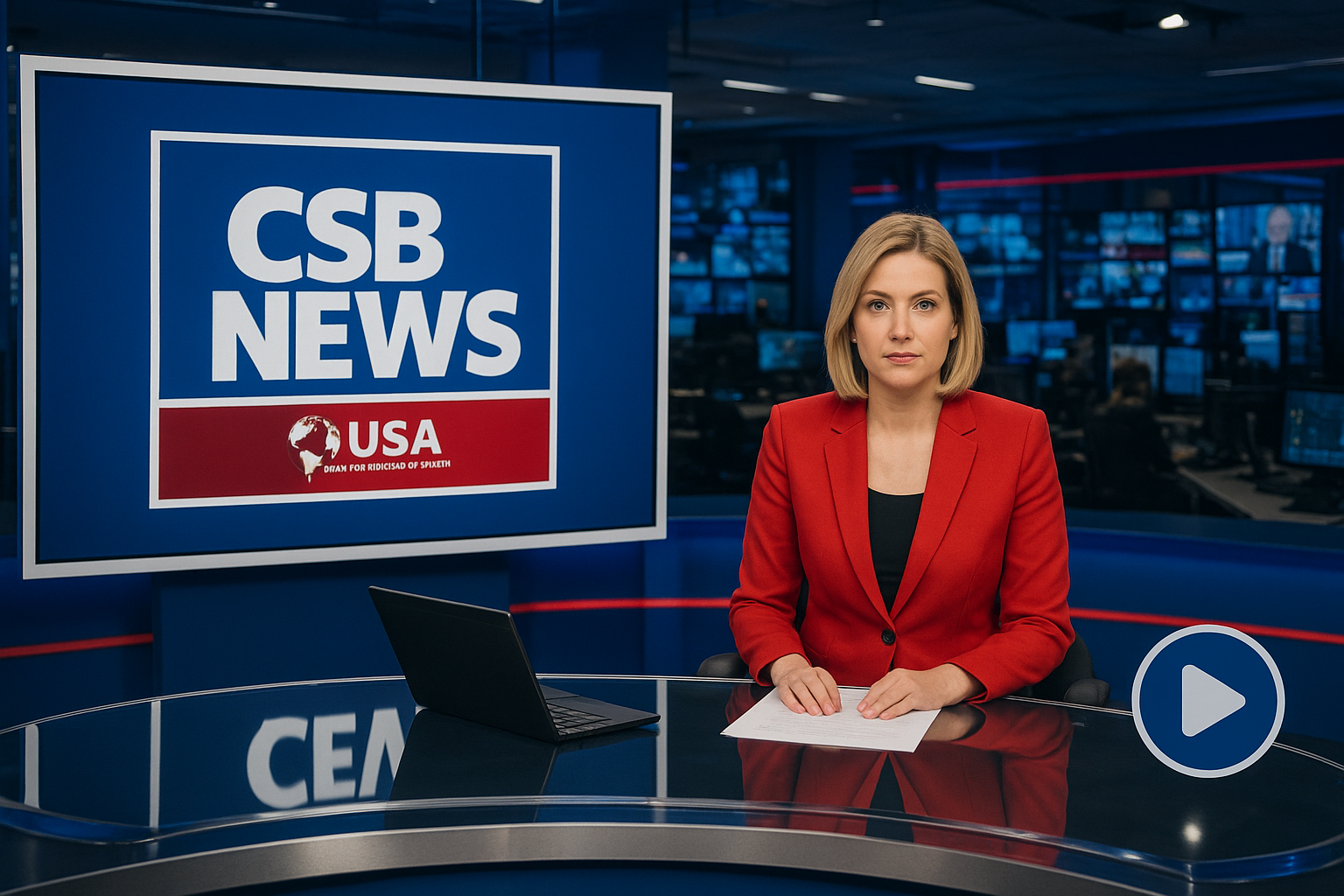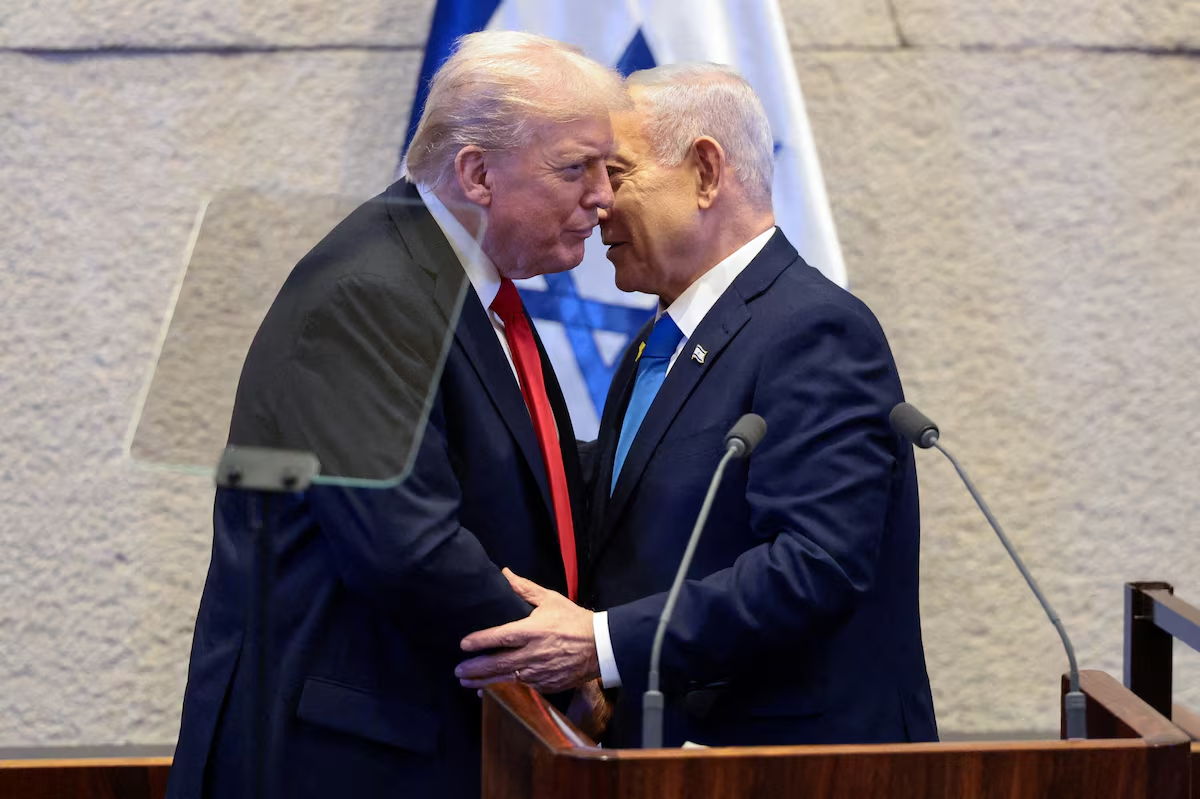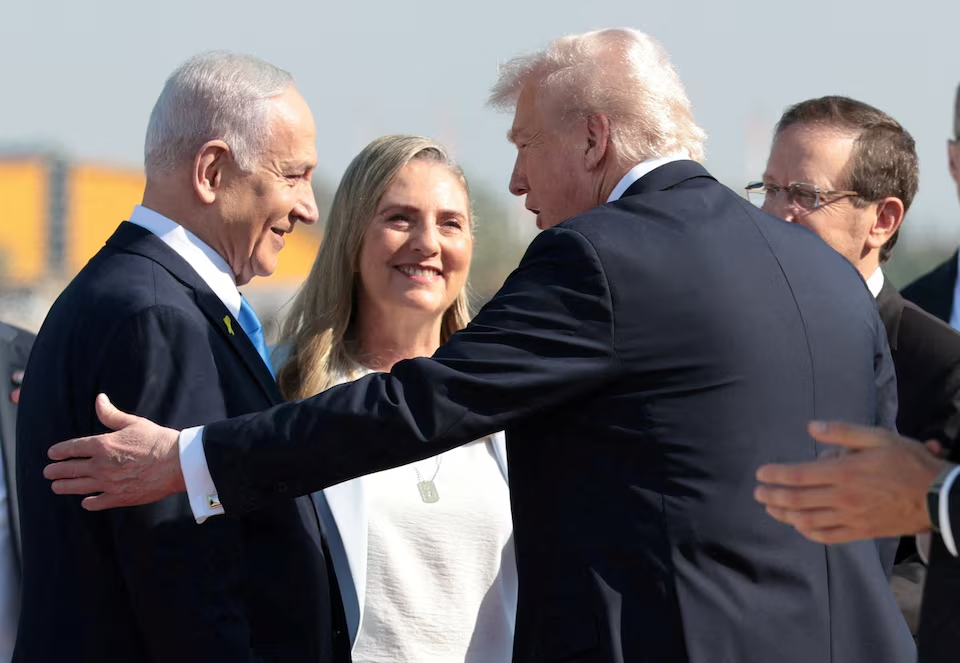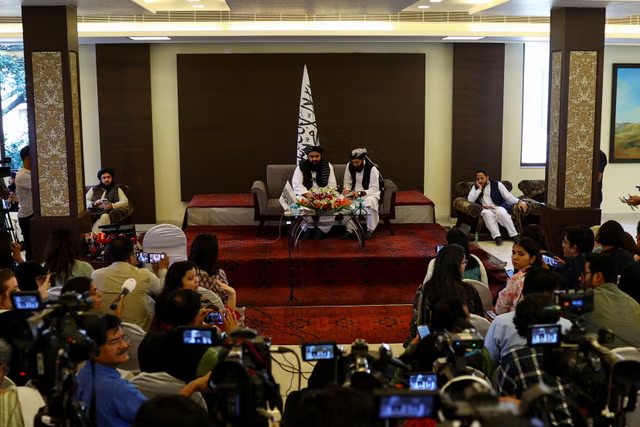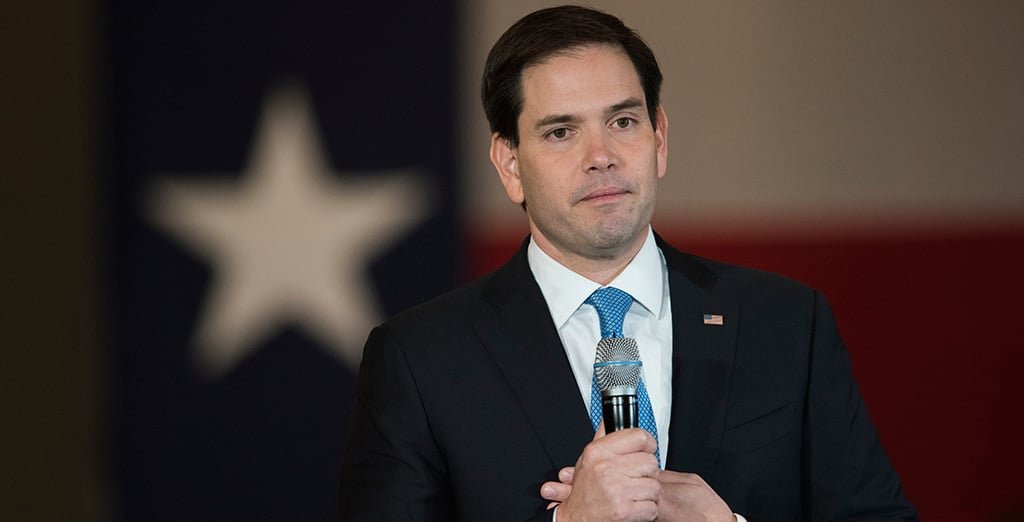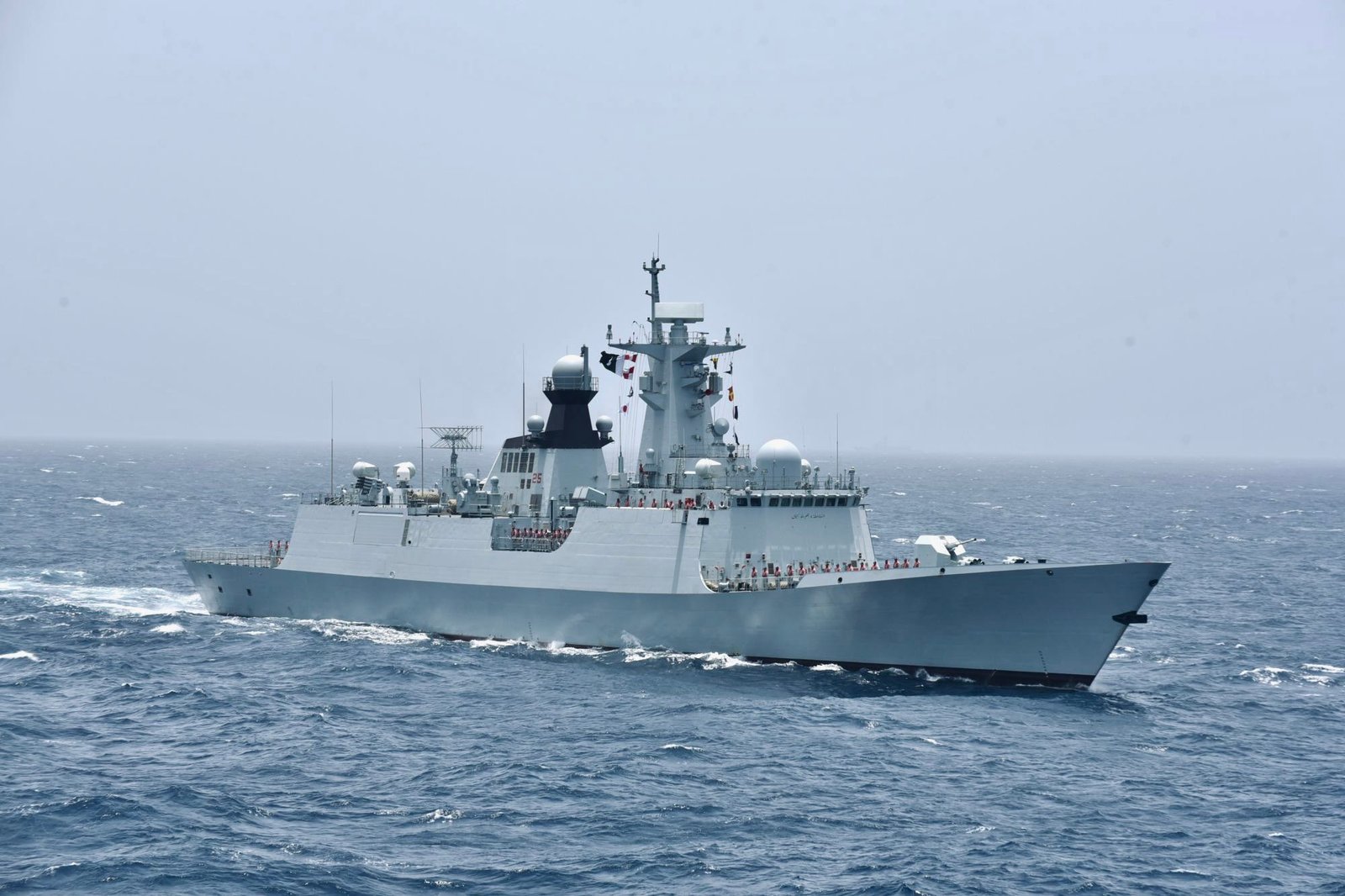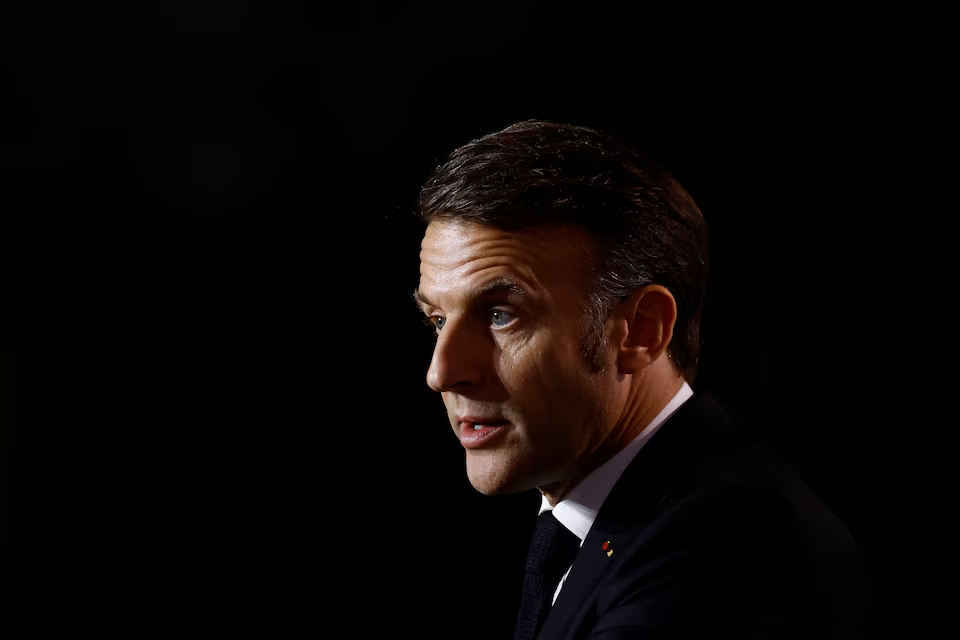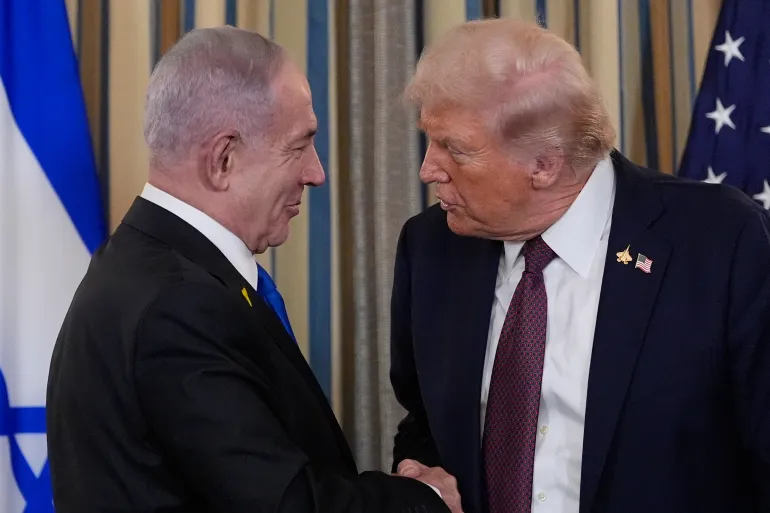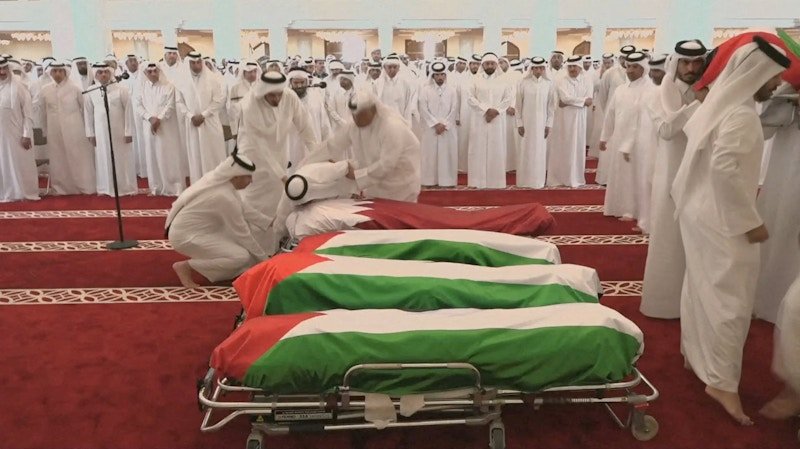Challenges of the War Situation, Reconstruction in Southern Lebanon – A Strong Recovery Assured Amid Security and Political Crisis
Beirut, Lebanon: Hezbollah gathered thousands of its supporters for the funeral of its longtime leader, Hassan Nasrallah, who was killed in an Israeli airstrike in September.
Challenges of the War Situation, Reconstruction in Southern Lebanon – A Strong Recovery Assured Amid Security and Political Crisis
Challenges of the War Situation, Reconstruction in Southern Lebanon – A Strong Recovery Assured Amid Security and Political Crisis
Beirut, Lebanon: Hezbollah gathered thousands of its supporters for the funeral of its longtime leader, Hassan Nasrallah, who was killed in an Israeli airstrike in September.
The funeral, held on February 23, was an opportunity for Hezbollah to send a message: despite the losses it has faced, it is still strong and should not be underestimated. However, analysts told Al Jazeera that the show of strength cannot compensate for the impact of Israel's war on Hezbollah, which saw much of the group’s top leadership killed and a significant portion of its military arsenal reportedly destroyed.
After the ceasefire was announced on November 27, Hezbollah was left battered and exhausted. The ceasefire stated that Hezbollah would retreat north of the Litani River and away from Lebanon’s border with Israel, while Israeli forces would leave southern Lebanon, and a newly empowered Lebanese military would take control of the south. Shortly afterward, Hezbollah lost one of its crucial allies, Syrian President Bashar al-Assad, who was forced to defend against a lightning opposition offensive.
Hezbollah now finds itself at a crossroads.
Hezbollah’s Weakness
"Hezbollah is in a difficult position," Imad Salamey, a senior Middle East policy adviser and associate professor of political science and international affairs at Lebanese American University, told Al Jazeera, adding, "It is facing its weakest moment in decades."
Before September, Hezbollah was the most influential political force in Lebanon and was reportedly one of the world's most heavily armed non-state actors. It was formed in the 1980s to repel an Israeli invasion and built up its arsenal and manpower since then, especially after a major confrontation with Israel in 2006.
It has often been described as a "state within a state" and provides key services to its predominantly Shia Muslim supporters, a community historically overlooked by the Lebanese state.
A New Political System and Leveraging Anger
One of Hezbollah’s sources of strength has been the support it receives from Iran, both material through Syria and financial, which is reflected in its social support systems and political influence.
However, after the ceasefire, international pressure increased on Lebanon’s parliament, encouraging the election of a new president and prime minister, which ended two years of government paralysis.
For the first time since 2008, Hezbollah and its sister Shia party, Amal, were unable to nominate every Shia minister in the new cabinet.
"Hezbollah no longer has the financial means, open Iranian backing, or clear military options to resist these changes," Salamey said.
Hezbollah’s Strength and Future
Currently, Hezbollah is trying to make the best of the situation and strengthen its position as much as it can, though it faces significant challenges. It is trying to leverage the anger of its Shia supporters, while also justifying its weaponry by citing state weakness and continued Israeli violations.

